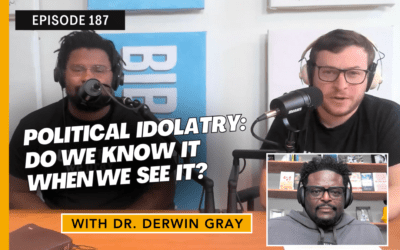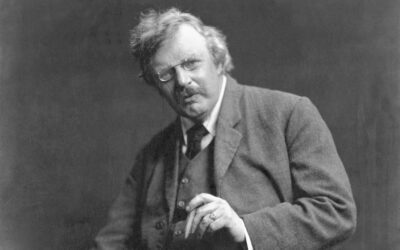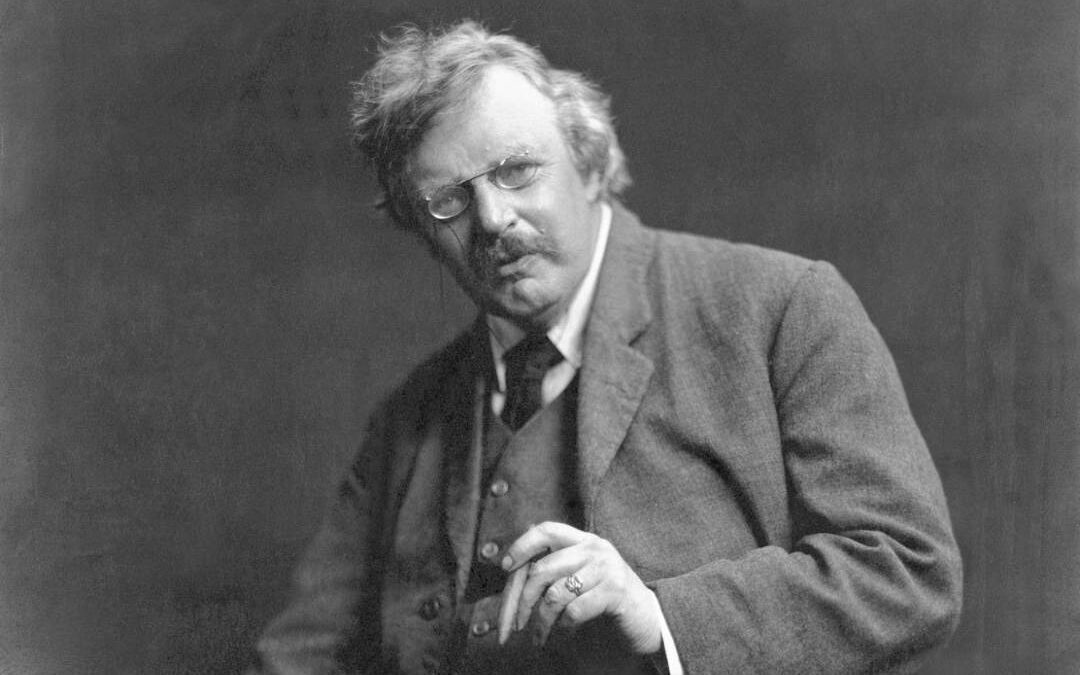When I started researching teaching about the “curse of Ham,” I thought I was wading into a legitimate theological debate, a back-and-forth of exegetically and hermeneutically credible ideas. The more I studied, the more I realized that this was something entirely different: a story of self-delusion, how we embrace baseless Biblical interpretations—posturing them as objective exegesis—because they help us make sense of our world and ease our consciences.
The worldview shaped by Jewish, Christian, and Muslim teaching on the curse of Ham has been used for millennia to equate dark skin with everything negative about humanity and justify the enslavement of those who have it. All these years later we are still untangling the deception.
In this article we will explore the history and foundations of the curse of Ham teaching, and in the next we will look at the societal havoc it has wreaked particularly in America. Detailed academic works have been written on this topic (1) and it has been addressed in a number of popular books as well (2). This will be represented here only in summary, hopefully without oversimplification. But this is ultimately about more than scholarship. This is about the stories we tell ourselves to justify self-benefiting beliefs, the narratives we accept without scrutiny to the hurt of our image-bearing neighbors.
The Curse of Genesis 9
Let’s begin with the text from which this teaching is derived, Genesis 9:20–25:
Noah began to be a man of the soil, and he planted a vineyard. He drank of the wine and became drunk and lay uncovered in his tent. And Ham, the father of Canaan, saw the nakedness of his father and told his two brothers outside. Then Shem and Japheth took a garment, laid it on both their shoulders, and walked backward and covered the nakedness of their father. Their faces were turned backward, and they did not see their father’s nakedness. When Noah awoke from his wine and knew what his youngest son had done to him, he said, “Cursed be Canaan; a servant of servants shall he be to his brothers.”
And then, after each blessing of Shem and Japheth, Noah said, “let Canaan be his servant” (Genesis 9:26, 27).
Ham, as we learn in Genesis 10:6, had four sons: “Cush [father of ancient Ethiopia], Egypt, Put [father of ancient Libya], and Canaan.” Because three of Ham’s four sons became fathers of African peoples and because the word “Ham” was thought to be related to the Hebrew words for “black/dark” and “hot” (a connection called into serious question by recent scholarship (3), this account became the origin story that answered an ancient question:
Why do some people have dark skin?
The ancient Greeks and Romans had answered this in terms of the hot climate in sub-Saharan Africa or myths involving their gods. In one, “Phaethon, son of the god Helios brought the sun chariot too close to the earth,” darkening the skin of Africans (4).
On the flip side, many African folktales asked the opposite question: Why do some people have lighter skin? They began with the assumption of blackness then explained why others were not black using stories about washing in a river, sleeping near the mouth of the cave, or turning white with fright when confronted by God after sinning (5).
The Development of the Curse of Ham
It is in this search for the origins of otherness that Jewish, Christian, and Muslim scholars developed theories about skin color that launched from the story of naked Noah and his sons. I say “launched,” because nearly all the accounts reach far beyond the original text, adding in one element or another to explain how blackness was associated with Noah’s curse on his son beginning with early Jewish sources (6). Whatever the fanciful inventions, the Noah story remained at the heart of this pursuit of explanations for skin color and its ethnocentric conclusions.
Around the 7th Century, Islamic scholars posited that the curse of Ham explains both Ham’s allegedly darkened skin and also his destiny of enslavement to his brothers. The development of this dual curse teaching coincided not with new theological insights but with the Muslim conquests in Africa during the 7th Century and the subsequent, exponential increase of the black slave trade in the medieval Islamic world (7).
This connection of blackness to servitude, purported to arise from the Biblical account, eventually made its way to the Christian West. As early as the 12th Century, we find writings and artwork that use the sons of Noah—Shem, Ham, and Japheth—as types of humanity. In the many iterations, Ham always represents something negative about humanity, whether disobedience, paganism, or sexual perversion (8). This perception equated black skin with sinfulness and explained why those with it were consigned to an indefinite role of servitude.
Armed with this mentality, the Christian West followed the pattern of Muslims who enslaved East Africans. Around the 15th Century, the Portuguese began kidnaping and enslaving West Africans. This practice and its religious justification spread throughout Europe and, a few centuries later, across the pond. Colonial America used enslaved Africans to farm tobacco, rice, sugar cane, and cotton. From the beginning of our nation, blackness has been equated with sinfulness and servitude, all on alleged Biblical grounds (9).
In our next installment, we will look at how this heresy was deployed by some Bible-believing Americans then ask what God’s word actually says about the curse of Ham.
- (1) There are three standout academic works: David M. Goldenberg, The Curse of Ham: Race and Slavery in Early Judaism, Christianity, and Islam (Princeton, NJ: Princeton University Press, 2003); David M. Goldenberg, Black and Slave: The Origins and History of the Curse of Ham (Berlin: De Gruyter, 2017); and Stephen R. Haynes, Noah’s Curse: The Biblical Justification of American Slavery (New York: Oxford University Press, 2001).
- (2) E.g., Easu McCaulley, Reading While Black: African American Biblical Interpretation as an Exercise in Hope (Downers Grove, IL: IVP, 2020), 100–101; J. Daniel Hays, From Every People and Nation: A Biblical Theology of Race (Downers Grove, IL: IVP, 2003), 51–56; Tony Evans, Oneness Embraced: Reconciliation, the Kingdom, and How We are Stronger Together (Chicago: Moody, 2015), 92–94; John Piper, Bloodlines: Race, Cross, and the Christian (Wheaton, IL: Crossway, 2011), 263–267; Jemar Tisby, The Color of Compromise: The Truth about the American Church’s Complicity in Racism (Grand Rapids: Zondervan Reflective, 2019), 82–85.
- (3) Goldberg, The Curse of Ham, 144–149; Hays, From Every People and Nation, 56–58.
- (4) David M. Goldenberg, “Black and Slave: the Origins and History of the Curse of Ham,” The Bible and Interpretation, August 2017, available at https://www.bibleinterp.com/articles/2017/08/gol418024.shtml. This article boils down the main ideas of Goldenberg’s two books, one by the same name.
- (5) David M. Goldenberg, “The Curse of Ham: A Case of Rabbinic Racism?” in Struggles in the Promised Land, ed. Jack Salzman and Cornel West (New York/Oxford: Oxford University Press, 1997), 21–51, available at https://www.sas.upenn.edu/~dmg2/comsalz3%20as%20publ.%20with%20additions.pdf
- (6) Goldenberg, “Black and Slave.” According to Goldenberg, one addition by Jewish rabbinic sources in the mid-6th century claims that Ham broke God’s rule forbidding sexual intercourse on the ark (as did the dog and the raven). Many Muslim and some Christian scholars incorporated this into the broader story of Ham’s sexual perversion displayed by his treatment of his father’s nakedness. Thus, they claim, Ham was turned black as a punishment for his sins. See Talmud, Sanhedrin 108b.
- (7) Ibid.
- (8) Stephen Haynes, “Benjamin Palmer and the ‘Curse of Ham’: How Genesis Became a Pro-Slavery Text,” Search program Plenary Lecture, Rhodes College, Memphis, TN, September 26, 2018, available at https://youtu.be/N4fNp5cl1eY?t=1225.
- (9) Goldenberg, Black and Slave, 146–159.
Prayer Requests:
- Lament that the Bible has been used for so long to justify enslavement and to teach that some of God’s image-bearers are inferior to others.
- Pray that God would root out any assumption or belief in black inferiority that resides in your heart.
- Pray that God would realize unity and harmony in the church among those believers in Christ of Arab, European, and African descent, despite the views and practices of some of our ancestors.












